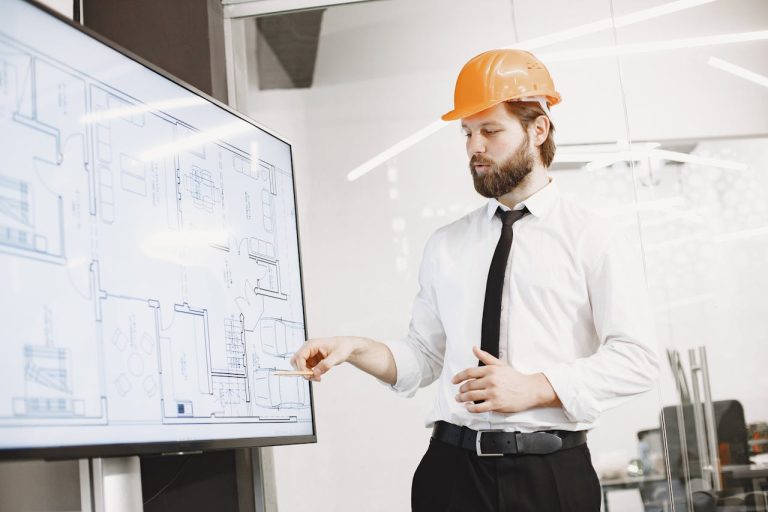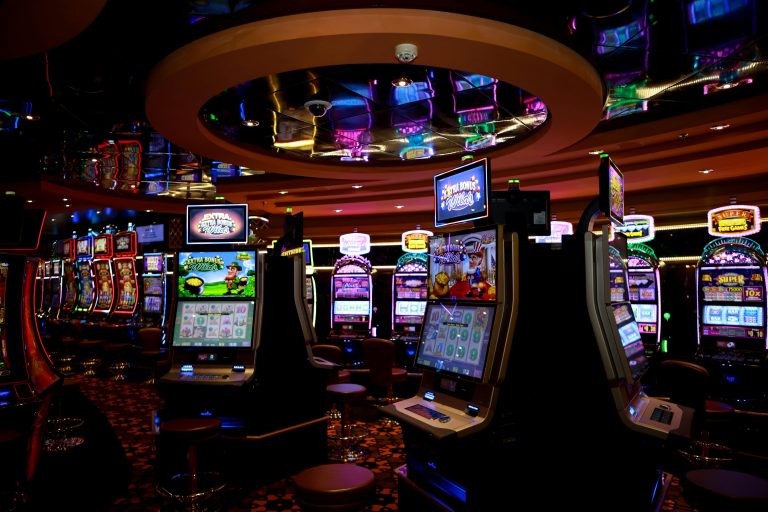
In recent years, sustainability has become increasingly important in the construction industry. One area where this trend is particularly evident is in the design and construction of skyscrapers. Charles Jason Jacob says these towering structures, often symbols of modernity and progress, are now being reimagined as eco-friendly marvels for their aesthetic appeal and positive impact on the environment and businesses’ bottom lines.
Environmental Impact Of Traditional Skyscrapers
Traditional high-rise buildings have a significant environmental impact due to their high energy consumption and carbon emissions. The massive scale of these buildings requires substantial energy for heating, cooling, and lighting, leading to a considerable carbon footprint. Moreover, traditional skyscraper construction often uses materials and methods that further contribute to environmental degradation. For instance, the production of steel and concrete, which are key components of skyscrapers, is energy-intensive and releases substantial amounts of carbon dioxide into the atmosphere.
Features Of Sustainable Skyscrapers
Sustainable skyscrapers are designed to mitigate these environmental impacts through innovative design and technology. One crucial aspect of sustainable skyscrapers is their emphasis on passive design strategies. These strategies, such as optimal building orientation, shading devices, and natural ventilation systems, help reduce the reliance on mechanical heating and cooling, thus lowering energy consumption. Sustainable skyscrapers often integrate renewable energy sources, such as solar panels and wind turbines, to generate clean electricity on-site, further reducing their environmental footprint.
Green Building Materials
In contrast to traditional skyscrapers, which often rely on materials with high environmental costs, sustainable skyscrapers prioritize using green building materials. These materials are typically sourced locally and are either renewable or recyclable, reducing the environmental impact of construction. Examples include bamboo, which is fast-growing and highly renewable; reclaimed wood, which reduces the demand for new timber; and recycled metal, which minimizes the need for virgin materials. By using these materials, sustainable skyscrapers reduce their carbon footprint and support sustainable forestry practices and local economies.
Energy Efficiency
Sustainable skyscrapers incorporate various features to improve energy efficiency. For example, high-performance glazing reduces heat gain in the summer and heat loss in the winter, reducing the need for mechanical heating and cooling. Similarly, energy-efficient HVAC (heating, ventilation, and air conditioning) systems and lighting fixtures help minimize energy consumption. Additionally, advanced building management systems are often employed to optimize energy use based on occupancy and external conditions, further enhancing energy efficiency.
Water Conservation
Water conservation is another key aspect of sustainable skyscrapers. These buildings utilize rainwater harvesting systems to collect and store rainwater for non-potable uses such as irrigation and toilet flushing. Greywater recycling systems treat wastewater from sinks and showers for reuse, reducing the demand for fresh water. Water-efficient fixtures, such as low-flow toilets and faucets, are also commonly installed to minimize water waste. By implementing these measures, sustainable skyscrapers significantly reduce their water consumption and lessen their impact on local water resources.
Economic Benefits
Aside from their environmental advantages, sustainable skyscrapers offer several economic benefits for businesses. By reducing energy and water consumption, these buildings can lead to lower operating costs over time, making them financially attractive investments. Furthermore, sustainable skyscrapers often command higher rental rates and property values as tenants and buyers increasingly prioritize sustainability. Additionally, by future-proofing their buildings against rising energy costs and stricter environmental regulations, businesses can protect their investments and enhance their long-term financial stability.
Corporate Social Responsibility
Investing in sustainable skyscrapers aligns with businesses’ corporate social responsibility (CSR) goals. Businesses can enhance their reputation among customers, investors, and employees by demonstrating a commitment to environmental sustainability. Sustainable buildings can also help businesses comply with green building certification programs, such as LEED, further enhancing their reputation and marketability. Additionally, by contributing to a more sustainable built environment, businesses can positively impact the communities in which they operate, enhancing their overall social responsibility.
Conclusion
Sustainable skyscrapers offer a compelling business case for businesses looking to reduce their environmental impact, lower operating costs, and enhance their reputation. Charles Jason Jacob recommends businesses embrace sustainability in designing and constructing high-rise buildings to create environmentally friendly structures that contribute to a more sustainable future for themselves and their communities.




